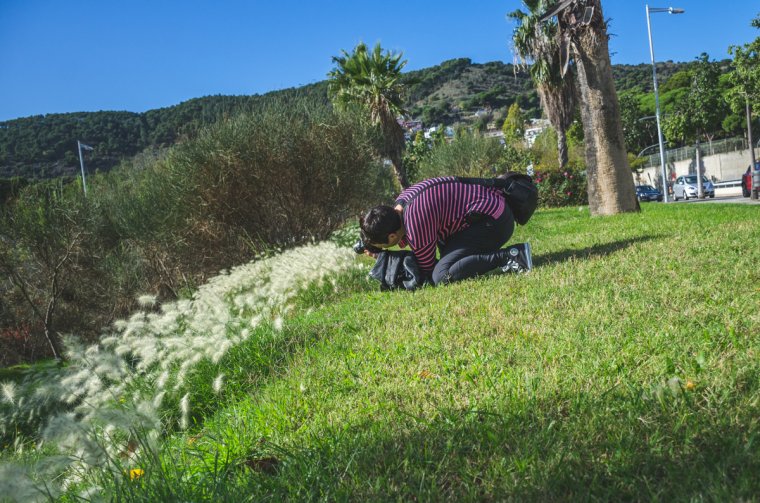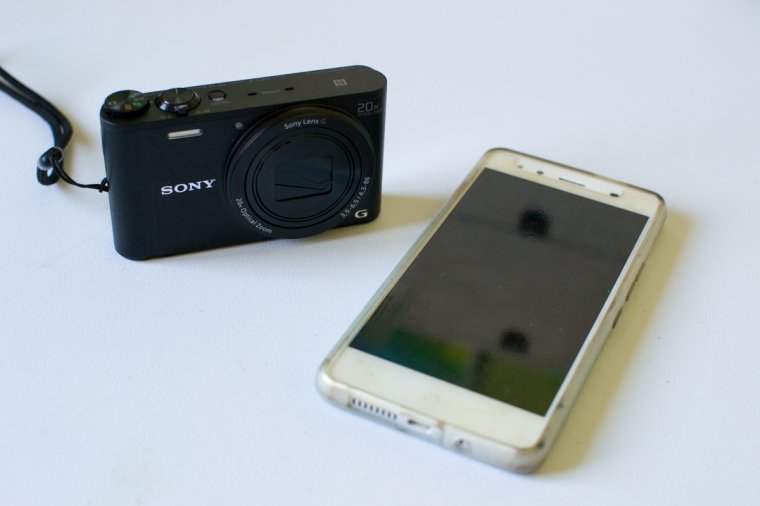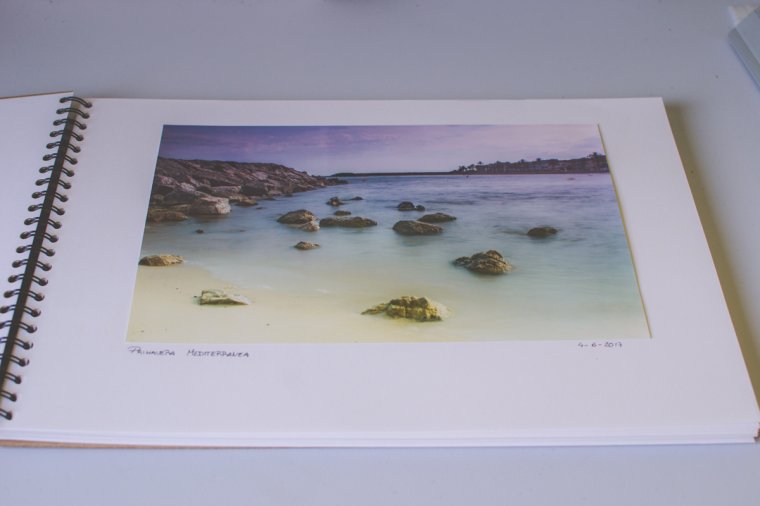
Developing a photography vision is a challenge. But what is exactly this “Vision” thing? It is the way you see the world. The problem is that we are so used to see the things from our point of view that a lot of times we don’t even think about it as something unique. But our vision is really unique!! As photographers, we have the chance to express our vision through images. However, to do so we need to do some previous work first in order to recognize and develop our vision. Today I want to share with you some ideas about how to do it.
#1. Make a list of the things you love and things you hate
For this first exercise, you don’t need your camera yet. This one it is a bit of self-analysis. You just need a piece of paper and a pen. It will be good that you do this exercise in a moment you are relaxed and that you can invest some time in it. If you feel like, prepare a cup of coffee, tea or any other drink will make you feel cozy. Do anything you need to feel comfortable and make it a nice experience/moment of the day.
Once you are ready, make 2 columns on the piece of paper: “Things I love” and “Things I hate”. Put on them anything that comes to your mind. Anything. The list might seem a bit of a mess, but that´s ok. And remember, the important thing here is that you write things you “love/hate” and not just “like/dislike”. Vision is driven by strong feelings, so a big first step is to identify them.

#2. Make it “abstract”
Next step is to take the subjects of each column and think why you love or hate them. You will need to dig more into concepts, ideas, values… To do this might be a bit difficult, especially if you have a long list of things you love/hate. Work just with some of them for now. In the future, you can always come back to your list and pick new ones.
You will have a collection of concepts that move you. These are some of the things in life that make you react, that make you feel. These are the ingredients of your vision.

#3. Take photos with your subjects and concepts in mind
Now it is time for action! Pick some subjects from your list and take photos about them for a period of time. It can be during one day, one week or one month. Choose the time that is more realistic for you to keep.
It is always easier to start with one of the things you love because it won´t generate any strong conflict between you. If you want to take photos of the things you hate (in order to make some type of protest for example), make sure you don´t go so far. It is important you don´t do anything you don´t feel comfortable doing or that you put yourself in awkward or even dangerous situations. The whole idea here is to recognize the things you are attracted to and the things that produce rejection on you. In any case, these justify you (or others) end up suffering.
And here the important thing: you need to keep always in mind not just the subject of your photos, but the concepts you linked to it. This is the key of everything!! Because in order to take photos that convey your vision you need to do a little switch in your way of thinking the photo: you need in fact to take photos of the concepts, not just of the subject!


#4. Keep your gear simple
When you work on your vision, your aim is not to take the perfect shot, but to try to convey what moves you. Keep this in mind because it is easy to get trapped in the technical part of photography. I think that the technical part of the craft is important and you need to master it too. However, I tend to relax a little about technical issues when I do these type of exercises to develop my vision because I want to focus on feelings and concepts. For the developing the technical part, there is another type of activities.
An easy way to keep things simple is to limit the gear you will work with. Take just one lens, or take photos with your phone a compact camera. In this way, you won´t get distracted.

#5. Find ways to emphasize the concepts in your photos
This is the trickiest part. Here is where all your creativity and knowledge about composition has a role. If you are not familiar with composition yet, you can start by having a look at the article written by Julian Rad about the subject.
Try to highlight the concept linked to your subject. The way to do it will depend on each concept, so there is no a universal rule here. I recommend you to approach it as a game. Experiment, have fun. You will probably end up with a lot of photos that might not be perfect but that will put you closer to your vision. It is a learning process.
Something that usually works is to keep the composition the simplest you can in order to avoid elements that might make the viewer lose the attention/interest for the main subject.

#6.Edit photos with your vision in mind
If you edit your photos, this is a good moment to work on your vision too. Editing has a huge role in conveying emotions. Before starting editing a photo, take a moment to think what are the elements in the photo that moves you (that caught your attention). Your mission is to edit the photo in a way that these elements out-stand from the rest of the photo. This is quite an extensive subject, so if you are interested to have a look at the article I wrote an article about How to post-process your images according to your photographic vision. It will give you a good starting point.
#7. Build something with your photos
Once you have some finished photos that show your vision, do something with them. One option is to print them and hang them in a place you can see them often. By looking at your photos you will realize if they are really conveying your vision or not. If you don´t look at the photos anymore because they are somewhere in an external memory, they won´t sink on you. In addition, if somebody else is coming to your place and see the photos, you can talk with them about them and check if you manage to convey what you wanted.
For printing, it is always great to find a high quality developing place and work with them. Printing in high quality is a world on its own. You need to take care of color calibration, know a little about paper quality, check the printing resolution… If this sounds too much for you right now, forget about high-quality printing and find a printing lab you like and that will make the printing experience for you easier and nicer. Prints for working in your vision don´t need to be huge or expensive. I rather print the photos in lower quality that not printing them because it is too expensive or too complicated. I personally print the photos to work on my vision in lower quality labs and I send my absolute favorite photos to be printed in high quality.
You can do other things besides or in addition to printing your photos. You can build collages, make albums, build collections in galleries… you can do what suits you the most. The idea is always the same: keep your photos in a way close to you that you can come back to them easily to check them and analyze them.

I hope this will help you to develop your vision. I just have the last piece of advice: be flexible about your vision. Our experiences in life make us change the way we see things, so our photography vision might change accordingly. Working in your photography vision is a lifelong endeavor. It is good to take it easy and enjoy the ride!! Have a happy shooting!
Comments (2)
Hi Rob! This is a good idea!! I think I will do it in my PC too. Thank you!!
Great article. I have a folder on my PC containing my “best” photos. This folder is setup to be the source of my PC’s screen backgrounds. This regularly puts them in front of me and bystanders so I am subconsciously and consciously assessing them and learning from them.